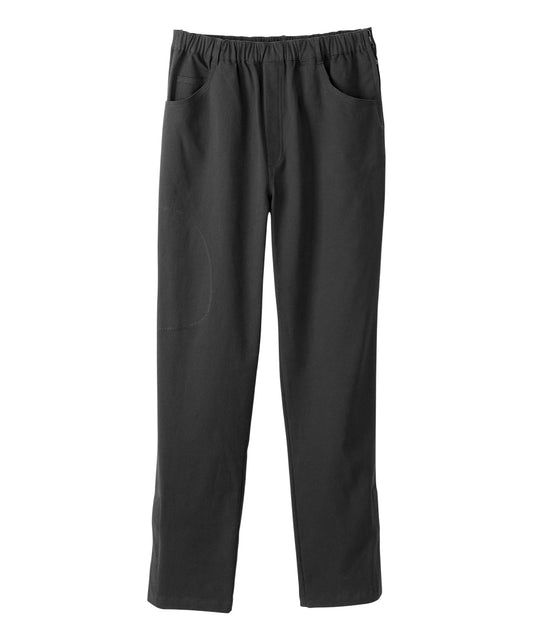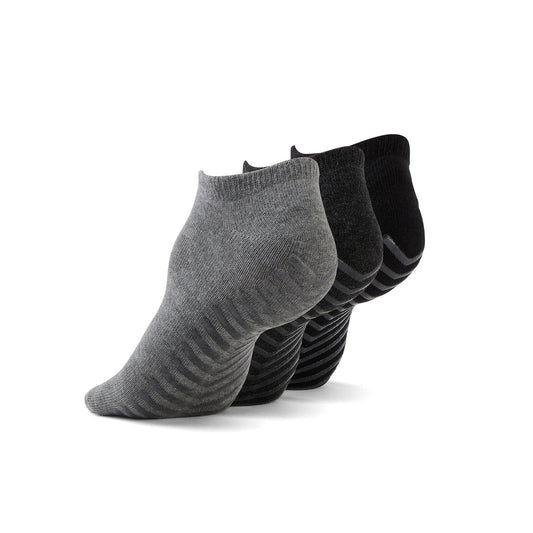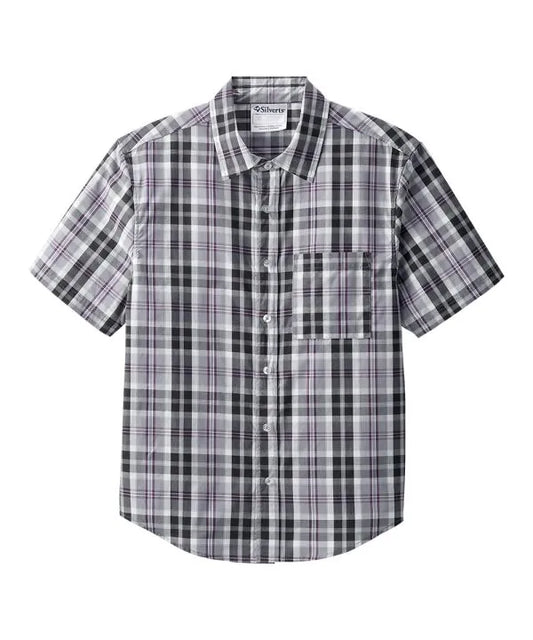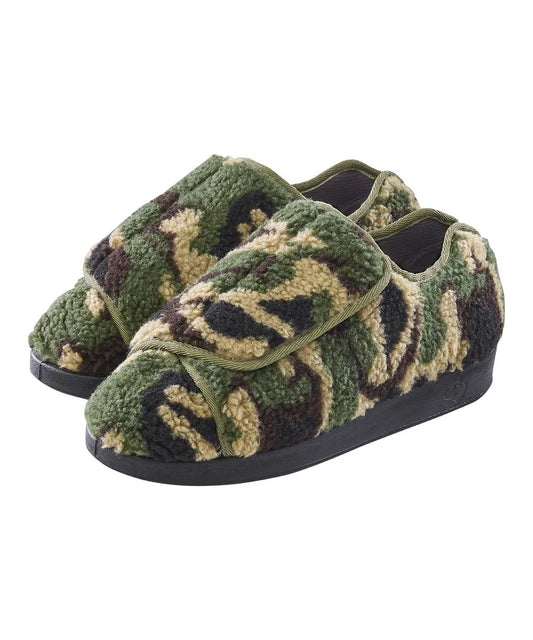Written by Alisa Matsushita-Bomba & Reviewed by Nicole Fernandes
Falls in Older Adults
The most common injuries in older adults are caused by falls. They can have serious consequences, leading to fatal and non-fatal injuries like hip fractures and head injuries. According to the Center for Disease Control and Prevention (CDC), one in four adults aged 65 and older falls each year. Our bodies change naturally as we age, which can affect our balance, coordination, and vision. We could additionally have chronic health conditions or be taking medications that make us more prone to falling. Some of the factors that contribute to falls in older adults are listed below:
Physical changes
Our bones and muscles may become weaker and less flexible as we age. These changes can impair our balance and coordination, increasing the likelihood of a fall.
Health conditions and medications
Chronic health conditions, such as diabetes, arthritis, and heart disease, can impair our balance and increase our risk of falling, as well as some medications used to treat these illnesses.
Vision
Changes in vision as we age may affect depth perception, making it difficult to judge distances and avoid obstacles.
Environment
Environmental risks, such as uneven floors, poor lighting, and mess, can all increase the risk of a fall.
Adaptive Clothing
Adaptive clothing is designed to meet the specific needs of individuals with physical limitations or disabilities. Adaptive clothing can play an important role in preventing falls by improving balance, and mobility, and reducing the risk of tripping or stumbling. June Adaptive has many adaptive clothing options, from shirts to bottoms to shoes. Some of the specific features of adaptive clothing that can help prevent falls include non-slip soles, easy-to-fasten closures, adjustable fitting options like an adjustable waistband, and padding.
Wearing clothing with these features can help prevent tripping and slipping, make it easier for seniors with limited dexterity to dress and undress, and help ensure a better fit and prevent clothes from slipping down. Check out June Adaptive’s website here for more information and to purchase clothing that will limit your risk of falls.
Here are some ways adaptive clothing plays a large role in fall prevention:
Mobility Limitations
For individuals with mobility limitations, adaptive clothing can make it easier to move around by reducing the effort required to dress and undress. For example, clothing with elastic waistbands or Velcro closures can eliminate the need for buttons or zippers, which may be difficult to manipulate for some individuals. This can help reduce the risk of losing balance or falling while dressing or undressing.
For example, this collared top with side snap closures is a classic long-sleeve designed with snap closures all along the side and a raglan seam, allowing you to fully open and slip on this shirt without needing to raise your arms. Regular shirts require you to put your head through and raise your arms, which can increase the risk of losing your balance.

Women's Collared Top with Side Snap Closures
Mobility Aid Users
Adaptive clothing can provide a better fit for individuals who use mobility aids such as walkers or canes as well. Clothing that is too loose or tight can interfere with mobility aids, causing instability and increasing the risk of falls. Adaptive clothing designed specifically for individuals who use mobility aids can help ensure a better fit, improving balance and stability.
These men’s t-shirts with back overlaps are designed to fit just right. Snap closures are strategically placed at the shoulders, eliminating any pressure points. The back overlap is also discrete while providing additional coverage.

Men's 2-Pack T-shirt with Back Overlap
Sensory Issues
Furthermore, adaptive clothing can also address sensory issues that can lead to falls. For example, individuals with neuropathy or other conditions that affect sensation in their feet may not be able to feel the ground properly, increasing their risk of falling. Adaptive footwear with special features like extra padding or non-slip soles can help improve foot sensation and prevent falls. Here is a blog post about adaptive footwear featuring more June Adaptive shoes and socks.
The comfort crew anti-slip socks have unique non-slip “tread” pattern grippers along the sole to maximize traction and minimize accidental slips. These socks are designed to be extra stretchy at the calf and feature a seamless toe design, making them a good option for those who experience swelling or have larger calves. These socks come in a 3-pack, with 1 pair each of Black, Dark Grey and Light Grey.

Comfort Crew Anti-Slip Socks (3 pairs)
Compression socks can also improve circulation and reduce the risk of dizziness or lightheadedness. These unisex diabetic wide socks feature an extra wide stretch and come in a 2-pack. The quality of these pre-shrunk cotton socks is phenomenal and perfect for those who have extremely swollen feet.

Unisex Diabetic Wide Socks - 2 Pack
Other Ways to Decrease the Risk
Adaptive clothing can be one mitigation strategy, but there are other things older adults can do to prevent falls. Some fall prevention strategies include the following:
Exercise
Regular exercise can help improve balance, strength, and flexibility, lowering the risk of falling. Walking, strength training, yoga, and tai chi are all excellent exercises for older adults. Before beginning a new exercise program, consult with your healthcare provider to ensure that it is safe for you. Here is another blog post on why exercise is important for the health of older adults, featuring some detailed information on exercising for the elderly.
Medication management
Discuss your medications with your healthcare provider to see if they may increase your risk of falling. Take medications exactly as directed. If you feel like the medications you are taking are impacting your balance, your healthcare provider may be able to adjust your dosage or switch you to a different medication.
Vision care
Vision care refers to having your vision checked on a regular basis and wearing glasses or contacts as needed. Changes in vision as we age can affect our balance and increase the risk of falls. Conditions like cataracts and glaucoma can have an impact on your vision.
Home improvements
Ensure that your home is well-lit and free of hazards. Consider installing grab bars in the bathroom as well as stair handrails, removing clutter so there is less risk of tripping on items on the ground, improving lighting in dark areas and adding nightlights, and installing non-slip mats in the bathtub and shower.
Fall detection devices
These devices can notify someone in the event of a fall. Wearable fall detection equipment such as pendant alarms or smartwatches can notify caregivers or emergency services. These devices can be especially beneficial for older individuals who live alone or are at high risk of falling.
By incorporating these strategies into your daily routine, you can reduce your risk of falls and maintain your independence as you get older.
Wearing adaptive clothing, individuals can feel more confident and secure, which can help to reduce the risk of falls and other accidents. Overall, adaptive clothing is an important tool for promoting safety and independence, and it can make a big difference in the lives of those who use it. Adaptive clothing help prevent falls by improving mobility, balance, and stability, as well as addressing sensory issues that can contribute to falls. In this blog post, there is more information on gifts for preventing falls for seniors. Make sure to go to juneadaptive.com for clothing to prevent falls so you can maintain your optimal quality of life.
Inform your doctor right away if you have fallen, are afraid you may fall, or are feeling unsteady.















